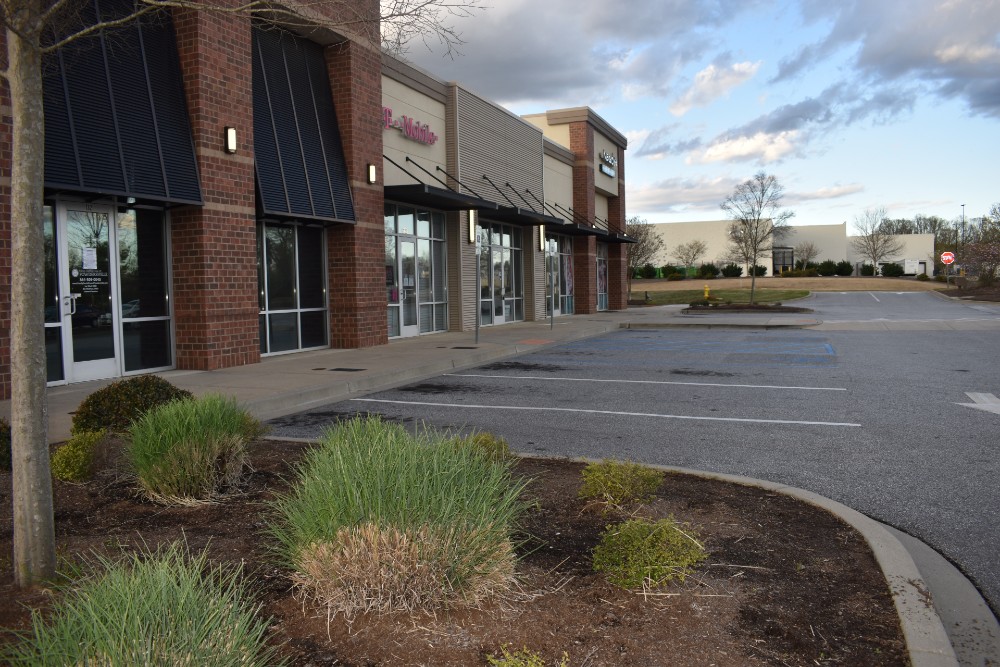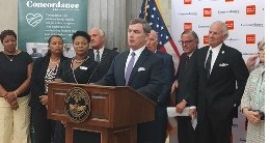SBDC offers guidance amid confusion on small business loans
Molly Hulsey //March 26, 2020//
More than half of 1,500 respondents in a recent Goldman Sachs survey expect their small business to survive three months or less under current circumstances, yet more than 67% don’t know how to access emergency funding.
South Carolina small-business consultants say those numbers are even more dire in a state where 99.4% of all businesses are considered small enterprises, according to last year’s U.S. Small Business Administration report.
 The U.S. Senate’s $2 trillion stimulus bill (.pdf), passed Wednesday and sent to the House, offers a $350 billion Paycheck Protection Program for no-fee loans up to $10 million for small businesses, with a focus on those owned by minorities, women and veterans, or enterprises in rural areas, according to a news release.
The U.S. Senate’s $2 trillion stimulus bill (.pdf), passed Wednesday and sent to the House, offers a $350 billion Paycheck Protection Program for no-fee loans up to $10 million for small businesses, with a focus on those owned by minorities, women and veterans, or enterprises in rural areas, according to a news release.
About $562 million goes toward SBA Economic Injury Disaster Loan funding, while $10 billion has been allotted for cash advances up to $10,000 for SBA disaster loan applicants.
“Some businesses are better positioned than others,” Earl Gregorich, area manager for Greenville’s S.C. Small Business Development Center, said in an interview last week. “Some by nature are in a position where they are running with a higher reserve or a better cash flow scenario. Others, those that literally are hand to mouth, are really pressed to get some of this funding to keep the doors open.”
Various small business owners that have called Gregorich over the past few weeks report they can stay afloat only 45 days, others 60 days, without assistance.
“Most of them that are calling right now, they’re nervous,” he said when asked if the survival of callers' businesses hinges on the SBA disaster assistance loans approved statewide March 20.
Small businesses, small agricultural co-ops, aquaculture businesses and most private non-profits with a physical presence in a declared disaster area who have affected directly or indirectly through industry losses or supply chain partners will be considered for the loan, said Savannah Wilburn, public affairs specialist at Columbia’s SBA office. She made the comments during a webinar last week.
The SBA will offer loan eligibility on a case-by-case basis based upon existing assets within the company and the size of the company as reported in forms, including the general application and disaster loan supporting information.
Officers may also require a fee disclosure form and compensation agreement, a personal financial statement and tax return transcript among other filing requirements.
“For most industries, you have to be making millions of dollars in revenue to not be considered a small business,” she said.
Religious organizations, charities, government-owned businesses, gambling entities, as well as some agricultural enterprises and real estate developers are not eligible for the disaster loan.
Nonprofits will not have a size requirement to be eligible.
“They’re going to be looking at the credit history, repayment ability and eligibility. Applicants must have a credit history acceptable to SBA, which is being much more lenient on the credit requirements in comparison to your regular business loan. They are asking everyone to apply even if you think your credit is not going to be good enough to get a loan,” Wilburn said in the webinar, adding that most payments for loans will be deferred for at least the first four months.
Applicants can apply online via the SBA website or mail in paper applications that can be requested by email or through the SBA hotline.
Gregorich said he and his partners can work closely with clients to provide the criteria needed for eligibility. The SBDC is also providing projection-based financial counseling for clients on whether the loan would help their business survive in the long-game or only sink it into more debt.
“We have to have the discussion upfront: Is this a wise choice?” he said. “Maybe you can qualify for the money but is that the right step? If I were to inject that into a business, OK, it might be a short-term solution but the long-term impacts may not be what you expected. Frankly, what was the status of the business going into this?"
He said that for many clients who were not on a firm foundation before the outbreak, the disaster loans may only worsen the situation.
“We’re not here just to put people in loans because it’s available and can help for the next two or three months. We want to make sure businesses are here for the long term,” he said.
P















